Chapter 14
Autonomic Nervous System
By Boundless
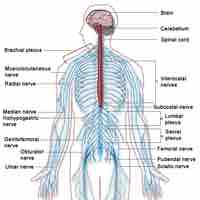
The peripheral nervous system includes both a voluntary, somatic branch and an involuntary branch that regulates visceral functions.
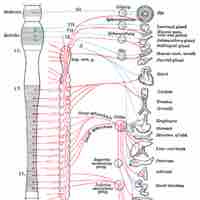
The autonomic nervous system (ANS) contains two subdivisions: the parasympathetic (PSNS) and sympathetic (SNS) nervous systems.
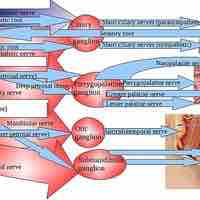
In the autonomic nervous system (ANS), nerve fibers that connect the central nervous system to ganglia are known as preganglionic fibers.
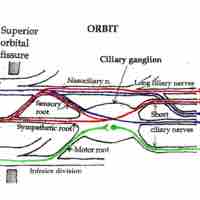
Autonomic ganglia are clusters of neuron cell bodies that transmit sensory signals from the periphery to the integration centers in the CNS.

In the autonomic nervous system, fibers from the ganglion to the effector organ are called postganglionic fibers.

Autonomic plexuses are formed from sympathetic and parasympathetic fibers that innervate and regulate the overall activity of visceral organs.
Parasympathetic ganglia are the autonomic ganglia of the parasympathetic nervous system that lie near or within the organs they innervate.
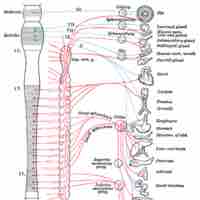
Sympathetic ganglia are the ganglia of the sympathetic nervous system that initiate fight-or-flight, stress-mediated responses.

Autonomic reflexes are unconscious motor reflexes relayed from the organs and glands to the CNS through visceral afferent signaling.
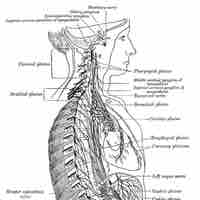
The sympathetic division of the autonomic nervous system maintains internal organ homeostasis and initiates the stress response.

The parasympathetic nervous system regulates organ and gland functions during rest and is considered a slowly activated, dampening system.

The sympathetic and parasympathetic autonomic nervous systems cooperatively modulate internal physiology to maintain homeostasis.
The medulla oblongata, in the lower half of the brainstem, is the control center of the autonomic nervous system.

Acetylcholine is a neurotransmitter in the central and peripheral nervous systems that affects plasticity, arousal, and reward.

Adrenergic receptors are molecules that bind catecholamines. Their activation leads to overall stimulatory and sympathomimetic responses.
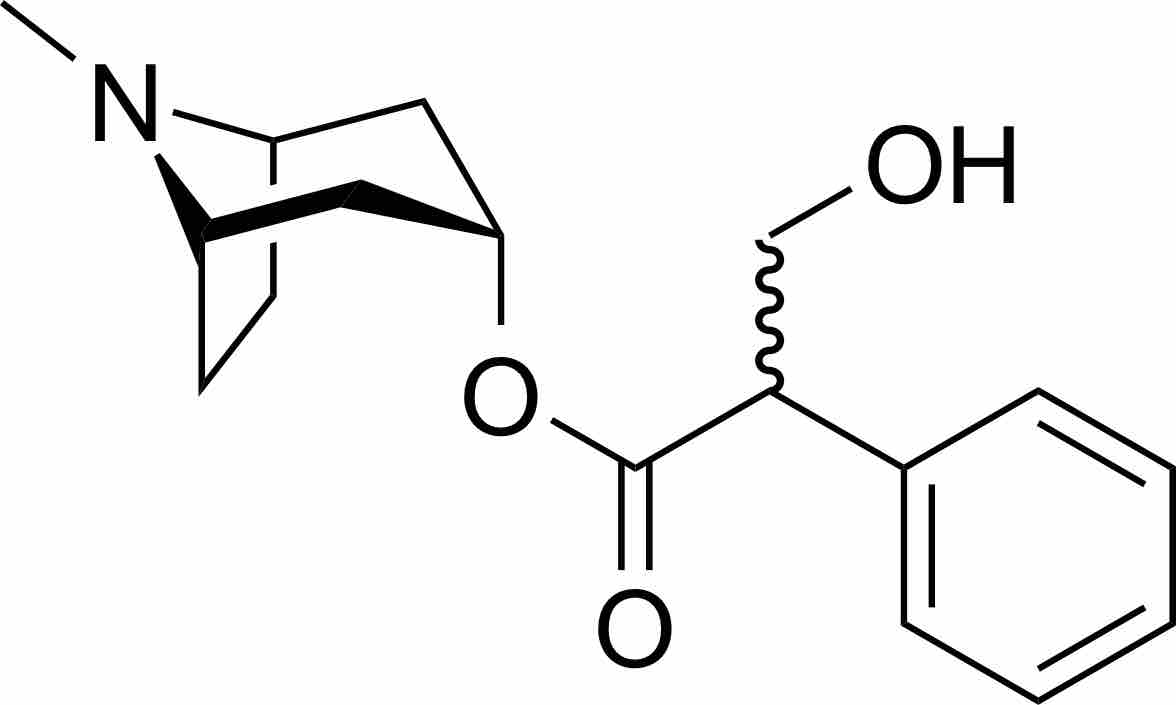
Drugs effecting cholinergic neurotransmission may block, hinder, or mimic the action of acetylcholine and alter post-synaptic transmission.